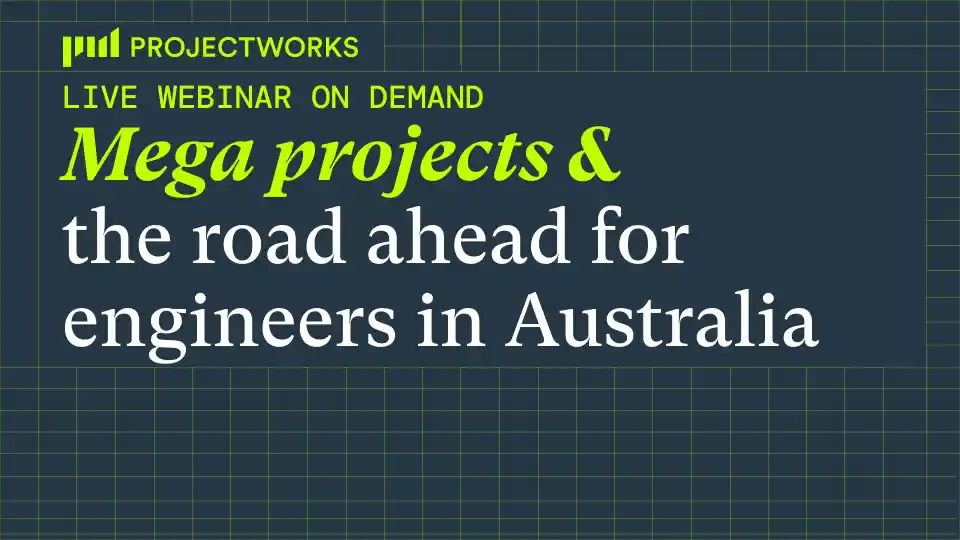Why Compliance Risk is the Biggest Challenge for Aussie Architects

Compliance has always been part of architecture. But in today’s Australia, it has become the single biggest source of risk for firms. From bushfire codes to accessibility mandates, regulation is evolving faster than many firms can keep up.
The Compliance Landscape
Projects often span years, crossing multiple jurisdictions. This means firms must navigate not just one set of codes, but overlapping, and sometimes conflicting, regulations. Climate standards are tightening, urban density policies are shifting, and accessibility requirements are expanding.
What does this mean in practice? Even small oversights can trigger costly redesigns, reputational damage, and strained client relationships.
Why Compliance Is More Than a Legal Issue
Compliance is no longer a checkbox. It is a business risk. Without structured visibility across projects, firms risk delivering beautiful designs that fall short of approval, costing months of lost time and profit.
Building Resilience into Operations
Leading firms are approaching compliance proactively, not reactively. They are:
- Forecasting changes in regulations and designing with flexibility.
- Building operational buffers to adapt mid-flight without breaking delivery.
- Using technology to track project status against compliance milestones.
The Cost of Poor Visibility
Too many practices still manage long projects week-to-week. This lack of forward-looking visibility means issues aren’t caught until it’s too late. In architecture, where margins are thin, a single compliance error can erase profitability on a project.
Projectworks as a Compliance Partner
With Projectworks, firms gain real-time visibility across financials, utilisation, and delivery health. This allows leaders to spot risks early and make informed adjustments before compliance becomes a crisis.
Compliance isn’t going away. The firms that thrive will treat it not as a burden, but as an opportunity to demonstrate professionalism, foresight, and trustworthiness.
Download the Architecture in Australia Report and learn how Projectworks helps firms turn compliance into a competitive advantage.
Next up in this Blog Series
Read The Five Metrics That Matter: A Growth Playbook for Professional Services Firms in 2025 to better understand the five core metrics your architecture firm should be tracking and acting on.
Related Articles

Webinar On Demand: Mega Projects & The Road Ahead for Australia’s Engineers with NGNU & Red Fox Advisory
In this live webinar with our customers NGNU and Red Fox Advisory on Mega Projects & The Road Ahead for Australia's Engineers we brought together the directors of engineering and consulting firms to unpack what's changing, what isn't, and what their firms are doing to maximise chances of success going into 2026. Below, we share key insights from the webinar.

SHIFT Conference: 2026 Predictions for Software Consulting
Projectworks hosted its first virtual conference, SHIFT, for high growth US software consulting firms looking to think strategically about how they integrate AI into their internal systems, inspire culture, and standing out in 2026. Below you can catch the replay’s and key predictions from software consulting leaders.
